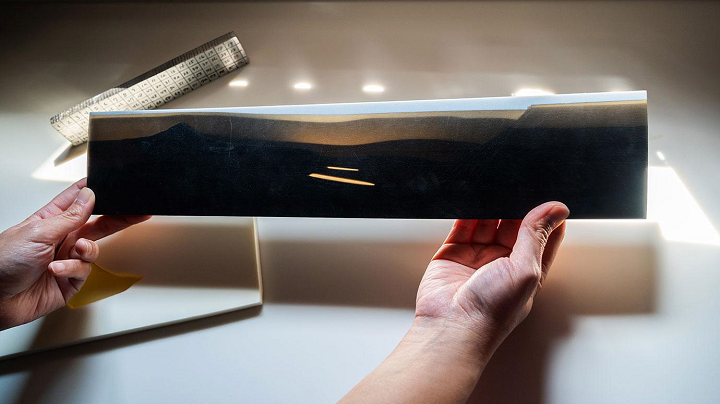I’m seeing something curious happening. In personal conversations, I’ve heard people exclaim that there are not enough 3D printing applications. People are arguing that it is this lack of use cases that is holding the technology back. Worse still, some are indicating that 3D printing is of limited use.
Well then, maybe there are only five things that we can do with additive manufacturing (AM). Maybe we’ve reached a limit of some kind? Maybe we should just consign ourselves to irrelevance.
I’ve given a riposte to this in more subtle form across some other articles, but here I’ll be clearer:
- 3D printing is not about the tech specs
- 3D printing is about demonstrating value
- “F” is for “finance”
- Finding new applications is difficult, and unlocking them is hard.
- Rolling them out across a company or various companies is even harder
- The applications themselves are a moving target
- There are lots of 3D printing applications out there yet to be discovered
- You’re doing it wrong
Now, I’ll break down each of these points to explain exactly what I mean.
3D Printing Is Not about the Tech Specs
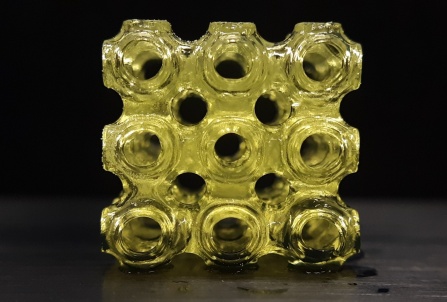
A 3D printed structure with ferroelectric properties. Image courtesy of PNAS.
Often, 3D printing firms get stuck in the specs. They’ll think that a larger printer can solve it all. Or they think that if they qualify aluminum, the client will proceed. Companies get stuck in the weeds for years and months improving the tech specs without understanding that this is not the problem. Of course, if we could make a part in a second instead of a week, we’d find more adopters. However, there are a great deal of adopters out there, in fact. We´re just not talking to the right ones about the right things. Rather than focus just on the specs, lets focus on customer value or improving the customers business.
3D Printing Is about Demonstrating Value
Whereas companies are excited about 3D printing and want to explore it, there is often no well-defined value ascribed to the technology or a given AM project. To put it more cynically: for an additive deal to make sense, there has to be mutually perceived value. There is curiosity about the technology, but it is rarely ever any perceived concrete value that is recognized by both parties.
So, we make a very expensive desk toy for someone. We pick the wrong part and everyone concludes that the technology is fun, but not necessary. However, we know that once all the hearing aid guys see we can save them money while inexpensively manufacturing a more comfortable product for their customers, we wipe away the whole In The Ear hearing aid industry in just a few years. Yet, rarely do people demonstrate value to the entire value chain or stack advantages to force applications ahead.
“F” is for “Finance”
We’re often talking to R&D, technology, manufacturing, business development teams to get our work done. What we haven’t developed is the vocabulary and body of knowledge to make ourselves heard in a conversation with the CFO. They may want to listen if we can demonstrate that we can save them X million dollars; if we can prove that we can free up cash flow by making spare parts; or if we can quantify what effects a faster time to market has and how we can bring it about. We’re too vague for the finance people. We’re not talking to our own finance people in trying to figure out what may trigger the finance department’s interest at the client either. We’re not quantifying and measuring the savings, margin increases, or other advantages that we can bring about.
Finding New Applications Is Difficult, and Unlocking Them Is Hard.
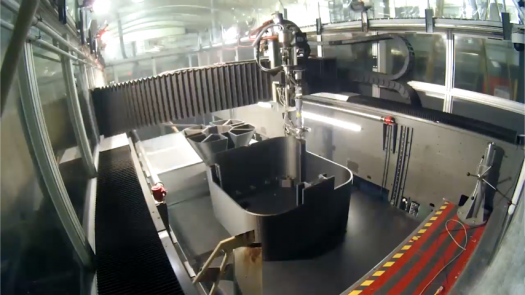
A submarine hull
Finding new applications takes time, patience, experience, and a working knowledge of 3D printing coupled with versatile and creative minds. It also requires cross-disciplinary teams working together, and often including partnerships or deals with other players.
It is not easy and not something that you can do in a quarter. It takes sustained effort, lots of exploration, lots of testing, and a methodical approach. Its’ a difficult set of skills to find in a single individual or team. It’s also difficult for such a team to balance out help from across their organization, budget, relevance, and management.
Once an application has been found, unlocking it, proving that it works, and scaling it is also very difficult. Shifting towards manufacturing is difficult also. Selling it internally, getting more budget, and partnering here make it also very complicated.
Rolling Out 3D Printing Applications Is Even Harder.
The greatest thing holding back 3D printing is institutional resistance. Most of the time, we’re going to be sweeping in with new ideas, tools, methods, and concepts ready to wash away all that lies before us. This rides roughshod over established procedures, egos, and power structures. Even worse, we’re messing with people’s sleep at night, and their KPIs. Often, we’re trying to introduce a new way of working to someone who does not benefit from this change in any way .
Skepticism can often not really be parlayed because we simply don’t have a track record. Colliding with complex decision making units and this institutional resistance is what strands 3D printing implementations. Often there is little empathy towards the “sticks in the mud,¨ which means that people are unable to work with stakeholders to deploy the technology. Instead, they dig themselves in foxholes to battle institutional resistance without assuaging any fears or taking away root causes. We have yet to develop any tried and trusted paths to ameliorating this problem.
The Applications Themselves Are a Moving Target
We know that the applications are a moving target, but don’t really appreciate it. We know that 3D printing is a slow moving technology but we do improve. Often, I see companies look for bullseyes. In a scattered brainstorm, people try to find that one golden goose. But they are not systematically looking at material and machine costs and part costs in a comparative way. People are not revisiting old initiatives when technology advances.
We’re not making detailed comparisons whereby we keep track of why things work and what size or quality of part works, and what does not. We’re just chasing chimera and maybe copy-pasting an Excel table into the Power Point.
We are not methodical. This is relevant because, if you map things, then you can see that, for example, if we can reduce prices by 50%, then we can suddenly 3D print a million valve bodies for oil and gas.
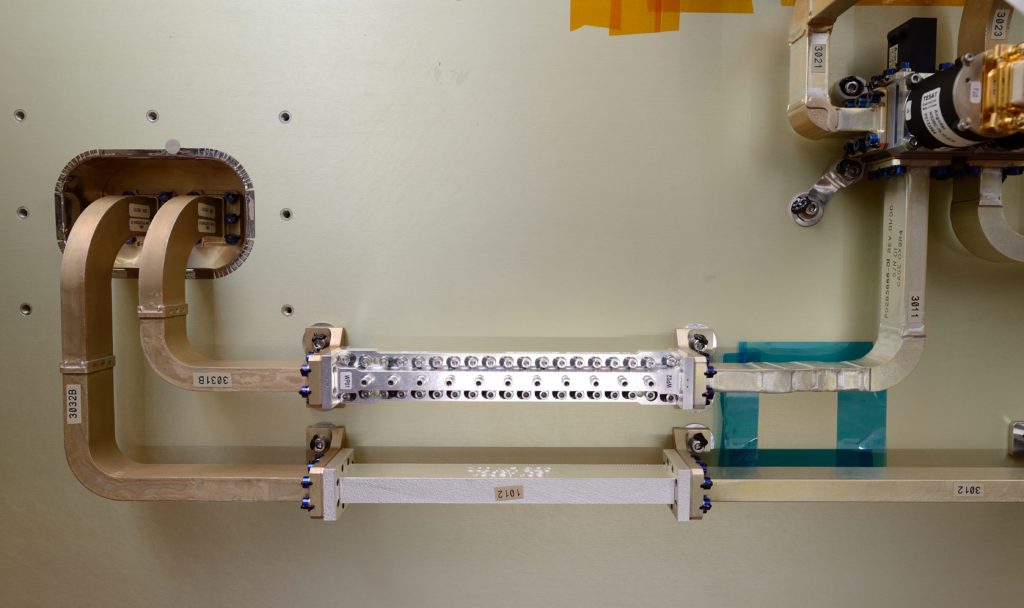
The 3D printed RF filter designed by Airbus Defence and Space integrated into the satellite payload. The new filter reduces weight by 50% over the previous design.
This means that we need to revisit old assumptions, be more methodical in our approaches. However, it also means that, perhaps, we should try reversing the horse and the cart for once. The right approach may just be: “If we can reach X price, would you order 10,000?”
This will only work if you can align the other entities in the value chain and get them to rally around a joint proposition. A lot of individuals are looking at this in a British Airways kind of way: “Given the current economics of my market, what parts can magically be made?” Very few are looking at it in an easyJet or Southwest Airlines kind of way, where a different accounting, different way of looking at the situation could lead to a completely new way of looking at your business.
There Are Lots of 3D Printing Applications out there yet to Be Discovered
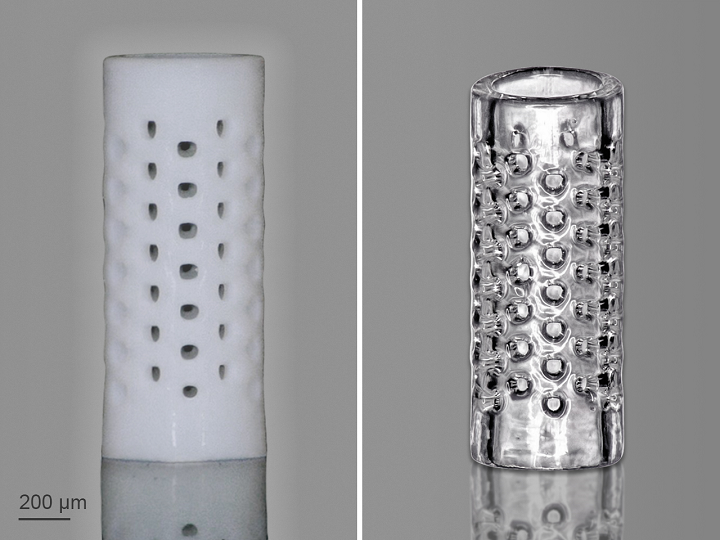
Green part of a 3D printed filter tube (left) and corresponding filter tube after the sintering process (right). Glass microstructures are suitable for sterilization and typically biocompatible, making the printing material GP-Silica a good choice for life science applications.
A good friend once pointed out to me the incredible degree of strategic replication that businesses pursue in the 3D printing industry. It changed how I thought completely.
Often, there is a real sense that orthopedics, aviation, space, and automotive are IT. We’re all talking to the same 100 individuals in the same few industries and they’re bored. You can’t make headway because you’re the fifteenth person to try to penetrate Toyota with the same ideas and same economics. And they still want to pay $1 for something we can make for $10.
So few people are looking at new ideas and new industries. We need to talk to new people, with new ideas, and new components. We are not using our own technology to make unique solutions for new problems. Instead, we’re all riding around the same corral trying to catch the same cows with the same tricks. Put another way: It’s like surfing the World Wide Web and concluding that Yahoo! and physics department websites were already a done deal and concluding that the Internet would go no further than that point.
That’s absurd given just how many part-shaped problems and solutions are out there. Anywhere where a unique texture, internal texture, geometry, or property addresses a significant issue, we will find value for clients. Some problems could be one-offs, others high-margin niches, and some a series of parts and solutions. We shouldn’t have to scale everything because the fact that we don’t have to scale is a key advantage of our technology. So, millions of parts shouldn’t be in your thoughts all the time. The right solution at the right price should be on your mind.

You’re Doing It Wrong
Here is a bit of a warm bath at the end of this article. You’re doing it wrong. Not only are you doing it wrong, but everyone else is as well. No one has it figured out yet. No one knows what the right methodologies are, how to implement things, how to grow these businesses. No one can do this well. What’s worse than getting lost in the herd trying to be like everyone else? Getting lost in a herd that doesn’t know where it is going. No one knows. Think clearly, persist, be methodical and creative and, perhaps, you could be one of the few to figure it out.
The post Uses for 3D Printing Exist. Companies Just Suck at Finding Them appeared first on 3DPrint.com | The Voice of 3D Printing / Additive Manufacturing.













